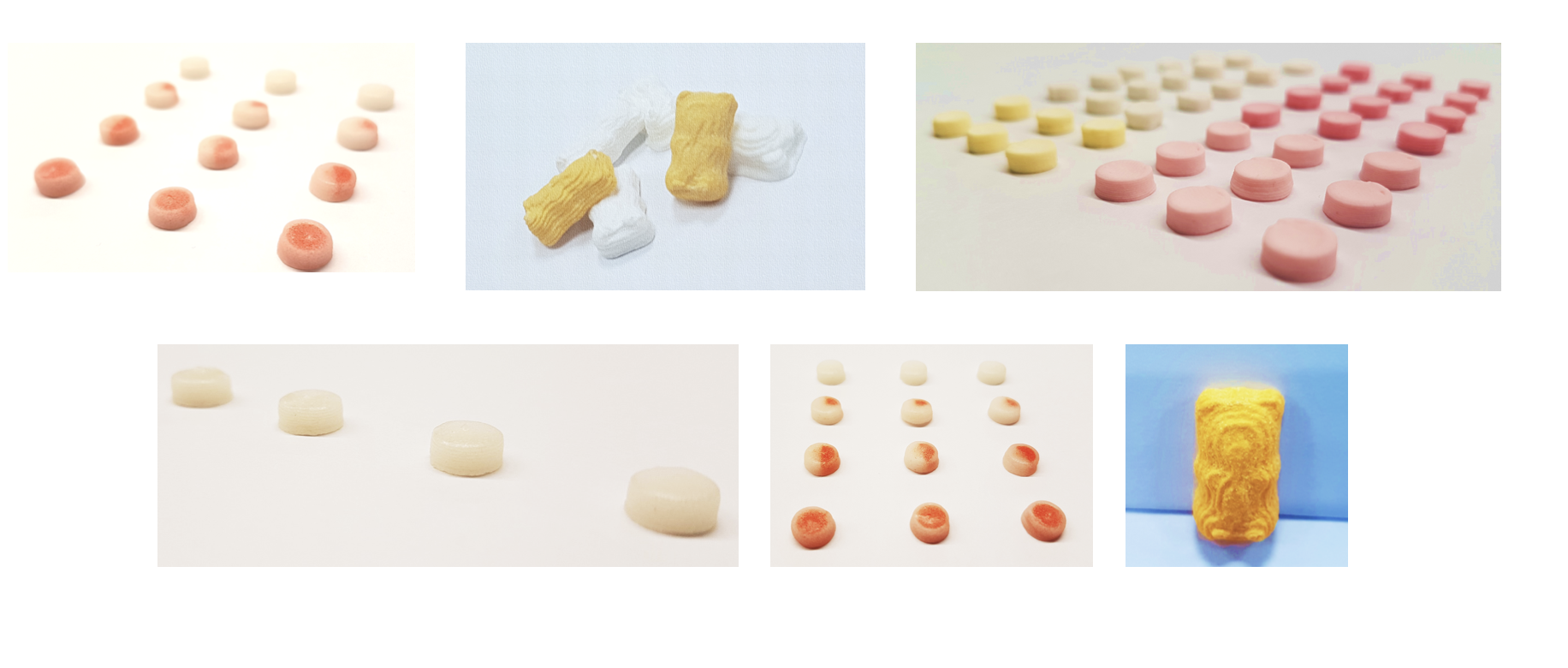hidden
Over 10 years experience of Traceability Solutions

By Pharmatrax Author
Category: Technoloy
 No Comments
No Comments
3D-PRINTED DRUGS: A NEW AMERICA 2.0 VEHICLE TO MASSIVE PROFITS
- 3D printing is revolutionizing the medical field as we know it.
- The market is expected to rocket up 308% to $44.4 billion in 2025.
- I’ll give you the best 3D printing ETF to buy.
Move over, China.
The U.S. is bringing pharmaceutical manufacturing home with an America 2.0 spin.
3D printing just took an amazing step forward that could take health care to the next level: 3D-printed drugs.
This digital technology has already had a huge presence in medicine.
3D printing is being used to create new organs and body parts using “bioink” comprised of blood and tissues. It can quickly create ventilators, protective masks, testing swabs and other medical equipment.
But I believe the use of 3D printers to create new medications could be the most promising — and profitable — application of the technology.
The advantages it offers over Big Pharma’s drugs are incredible. This would be a cheaper and faster method for mass-producing medicines tailored to individual patients.
The U.S. Food and Drug Administration’s (FDA) first approved 3D-printed medicine is Spritam, an anti-seizure drug. It’s made with a 3D printer that combines thin sheets of powdered medication with a water-based solution. A machine then presses the mixture into a tablet mold.
The technique infuses the tablets with more of the active ingredients than the standard manufacturing does. And they dissolve quickly on the tongue, which makes them easier to take and more effective.
But Spritam is just the first of what will be many 3D-printed drugs to come.
Big companies know that 3D printing is the place to be right now. The market is expected to grow from $10.87 billion in 2018 to $44.4 billion in 2025.
That’s growth of 308%!
And I’ve found a terrific way in now, before the next 3D-printing innovation takes off and pulls more people in. And with all the new and exciting things happening with the mega trend that moment could be here sooner rather than later.
3D-PRINTING FORTUNES CAN BE FOUND IN PRECISION MEDICINE
3D printing is bringing medicine into America 2.0. 3D-printed drugs are the result of good old-fashioned American ingenuity.
With the technology:
- Drugs can be printed at facilities much closer to patients, as opposed to centralized manufacturing facilities.
- Essential drugs could be printed out in hot zones during pandemics like the COVID-19 outbreak, war and disaster zones, as well as remote rural areas and low-income countries.
- 3D-printed “polypills” could combine multiple drugs into one, for people who take a variety of medicines on a regular basis.
- We can get more personalized, patient-tailored medicines, based on genomics and other unique factors.
- Astronauts could one day carry a pharmacy of everything they would need with a 3D printer in space.
Many pharmaceutical companies are jumping to explore 3D printing now. In fact, the trend is growing so fast, the FDA has issued official rules on 3D-printed medicines and medical devices.
Former FDA Commissioner Scott Gottlieb noted 3D printing has the potential to disrupt drug development and called Spritam “just the tip of the iceberg given the exponential growth of innovative research in this field.”
He added:
We envision that burn patients in the near future will be treated with their own new skin cells that are 3D printed directly onto their burn wounds. Further down the road, there is the potential for this same technology to eventually be used to develop replacement organs… 3D printing is certain to alter the daily practice of medicine where patients will be treated with medical products manufactured specifically for them.
The writing is clearly on the wall.
And with the COVID-19 crisis creating the need for new diagnostic tests, vaccines and treatments fast, I believe it will only boost 3D printing’s fortunes — and the investors who embrace this growing industry.
Source: https://banyanhill.com/3d-printed-drugs-a-new-america-2-0/



